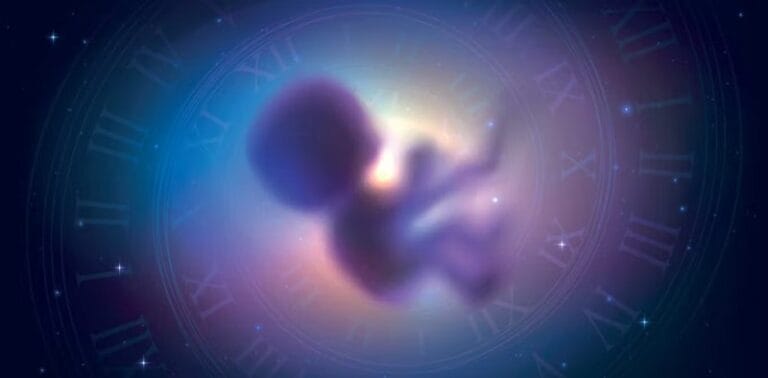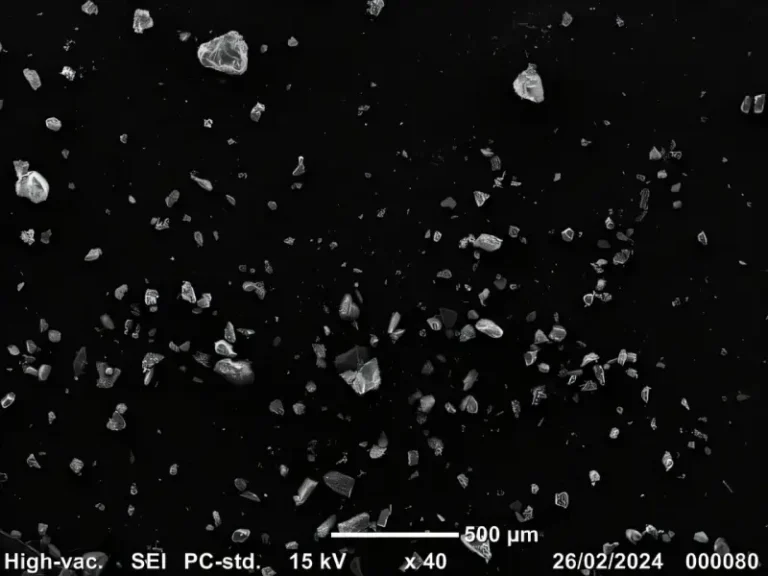Roman telescope to search for alien planets in distant stars.
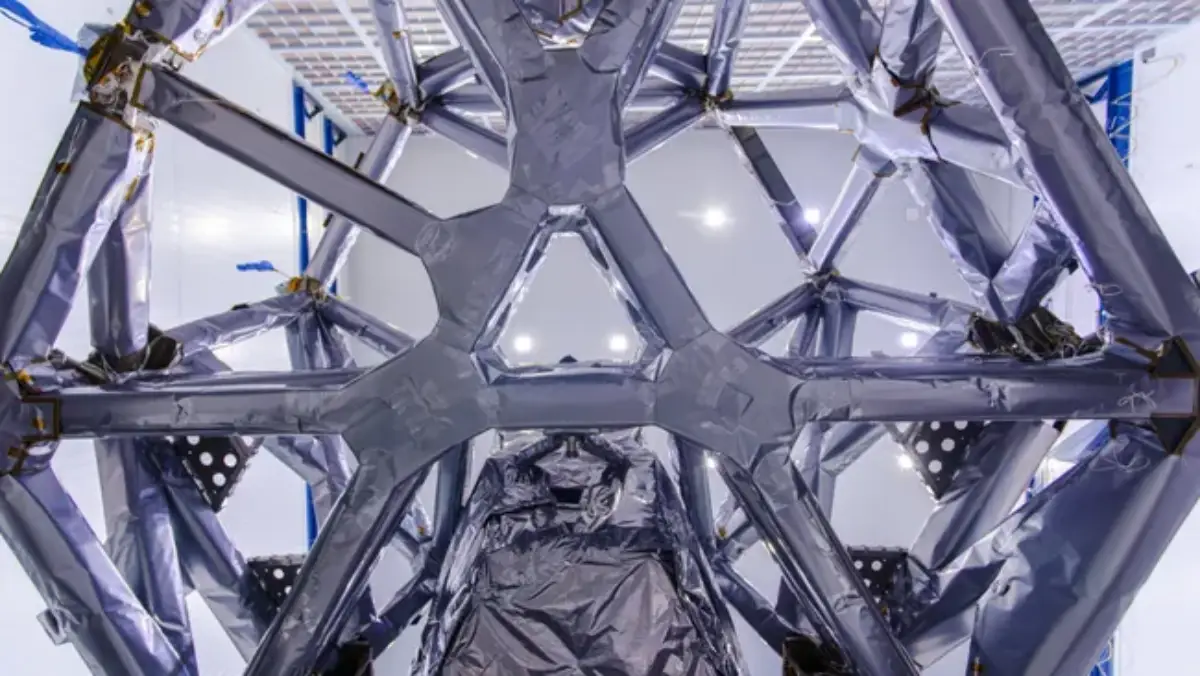
In a pristine environment at NASA’s Jet Propulsion Laboratory in Southern California, scientists have successfully installed a key component onto the Roman Space Telescope. The Roman Coronagraph Instrument, designed to block out starlight, will allow researchers to detect the faint glow from distant planets beyond our solar system.
This accomplishment marks a major milestone for NASA’s Nancy Grace Roman Space Telescope, a next-generation space observatory set to launch in May 2027. With a field of view over 100 times greater than the Hubble Space Telescope, the Roman will explore scientific mysteries surrounding dark energy, exoplanets, and infrared astrophysics.
The telescope will use its primary science instrument, the Wide Field Instrument, along with the Roman Coronagraph Instrument, a technology demonstration that serves as a precursor for future space missions, such as the proposed Habitable Worlds Observatory. This future mission would be the first telescope designed specifically to search for signs of life on exoplanets.
“In order to get from where we are to where we want to be, we need the Roman Coronagraph to demonstrate this technology,” said Rob Zellem, Roman Space Telescope deputy project scientist for communications at NASA Goddard. “We’ll be applying those lessons learned to the next generation of NASA flagship missions that will be explicitly designed to look for Earth-like planets.”
The coronagraph, approximately the size of a baby grand piano, is a complex system made up of masks, prisms, detectors, and self-adjusting mirrors. These components work in unison to block the intense light from distant stars, enabling scientists to observe the faint planets orbiting them.
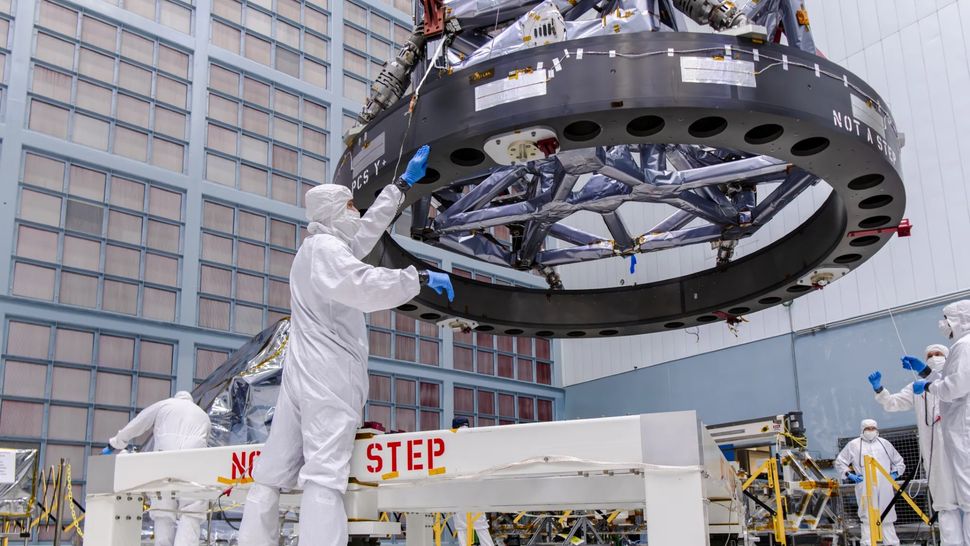
Exoplanets are currently observed using indirect methods, with the most common being the transiting technique. This approach detects dips in a star’s light caused by an exoplanet passing in front of it. These light dips offer crucial information, such as details about the planet’s atmosphere, which can help assess its potential habitability. They may even reveal gases that could suggest the presence of life.
Though this method has provided valuable insights, it also has limitations. One major drawback is that only a small fraction of planets can be observed through transits. This is because transits occur briefly during a planet’s orbital cycle, limiting the amount of data that can be collected.
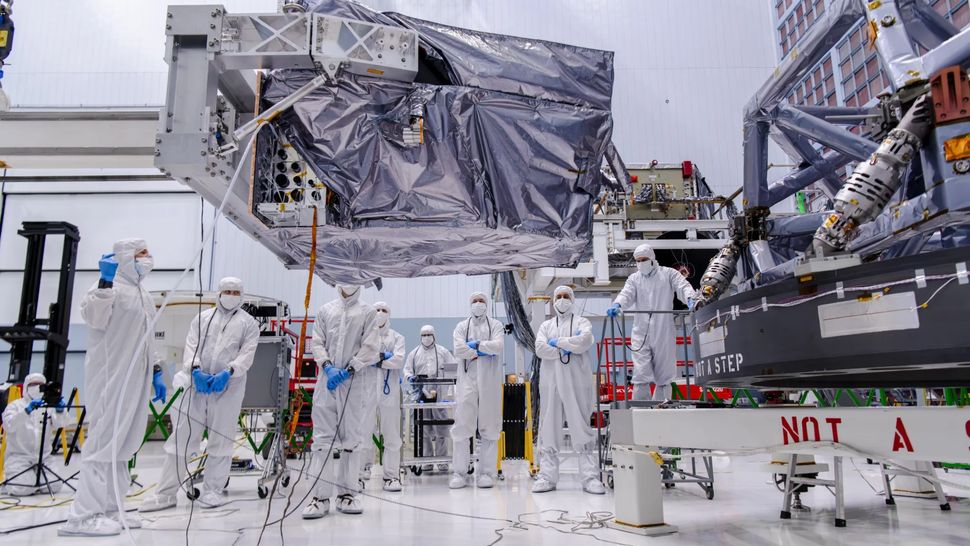
For a transit to be detected, the orbital plane must be nearly edge-on from the observer’s perspective, a condition that applies to only a small fraction of distant planets. As a result, many planets remain undetectable through photometry. Furthermore, the duration of a planet’s transit constitutes only a tiny fraction of its entire orbital period.
While technologies for capturing direct images of exoplanets are improving, they have primarily focused on giant planets, which continue to emit light from their recent formation due to their high temperatures, making them easier for telescopes to identify. A notable example is a series of images showing four exoplanets orbiting the star HR 8799, captured by astronomers using data from the Keck Observatory in Hawaii.
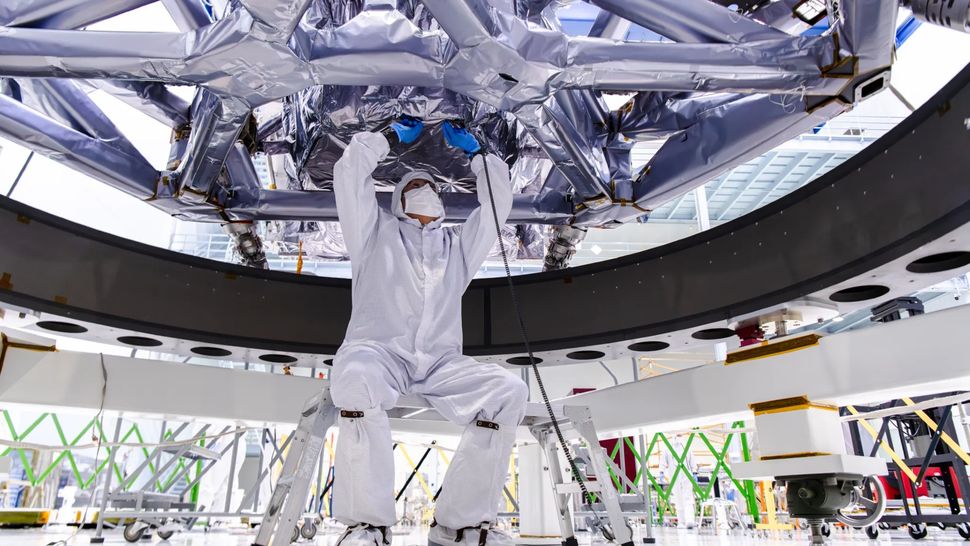
Scientists are now turning to coronagraphs as the next step in advancing planet-seeking technology. The Roman Coronagraph Instrument is designed to demonstrate how this direct imaging technique, which has already shown success with ground-based telescopes, can achieve even greater results in space.
“The Roman Coronagraph is designed to detect planets 100 million times fainter than their stars, or 100 to 1,000 times better than existing space-based coronagraphs,” according to NASA’s Jet Propulsion Laboratory.
The coronagraph was successfully mounted on the telescope’s Instrument Carrier, a large grid-like structure located between the space telescope’s primary mirror and the spacecraft bus, which will carry the telescope into orbit.
“You can think of [the Instrument Carrier] as the skeleton of the observatory, what everything interfaces to,” said Brandon Creager, lead mechanical engineer for the Roman Coronagraph at JPL. The Instrument Carrier will hold both the coronagraph and Roman’s Wide Field Instrument, the mission’s primary science instrument, which is set to be integrated later this year.
Engineers will now conduct various checks and tests before proceeding with the integration of the Wide Field Instrument and, ultimately, the telescope itself.
“It’s really rewarding to watch these teams come together and build up the Roman observatory. That’s the result of a lot of teams, long hours, hard work, sweat, and tears,” said Liz Daly, the integrated payload assembly integration and test lead for Roman at Goddard.


